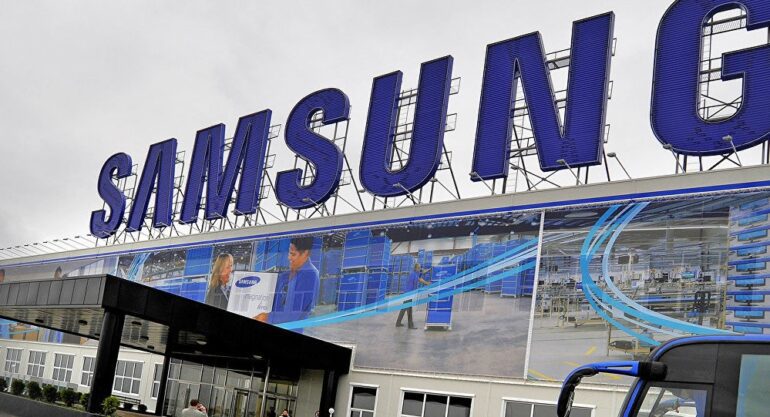TL;DR:
- Samsung Electronics reports a $3.4 billion operating loss in Q2 2023 in its memory chip unit, with a $7 billion operating loss in the semiconductor business over the last six months.
- The company reduces memory chip production due to weak demand for consumer devices but plans to double down on high-performance memory chips, like high bandwidth memory (HBM), to meet robust AI demand.
- DRAM and NAND are key memory chips used in devices from smartphones to data centers.
- Samsung aims to introduce 2-nanometer production for mobile phone parts in its foundry business by 2025.
- Despite a 95% drop in operating profits in Q2, Samsung expects global demand for memory chips to recover gradually in the second half of the year.
- The shift to high-end AI chips reflects Samsung’s commitment to innovation and technological advancements.
Main AI News:
Samsung Electronics, the global tech giant, has been making significant adjustments to its memory chip production strategy. The company recently reported a staggering operating loss of $3.4 billion (4.36 trillion won) in the second quarter of this year within its memory chip unit. Moreover, its semiconductor business suffered an operating loss of approximately $7 billion over the last six months.
The decision to reduce memory chip production was prompted by a dismal performance in the previous quarter, where Samsung experienced its worst profits since 2009 due to sluggish demand for consumer devices. However, the company is now setting its sights on the future and seeking to tap into the promising realm of Artificial Intelligence (AI).
Samsung’s strategic shift involves an increased focus on producing high-performance memory chips, particularly the cutting-edge high bandwidth memory (HBM). The goal is to strengthen their foothold in AI, 5G, the Internet of Things (IoT), and graphic processing applications. HBM boasts faster data processing and lower power consumption compared to traditional NAND, making it a lucrative choice for future AI-driven technologies.
While server demand remains lackluster due to inventory adjustments by customers, Samsung has observed robust demand for high-density/high-performance products driven by major hyperscalers’ investments in AI. As a result, the company plans to continue its memory chip production cuts, with specific adjustments for certain products. However, it will also double its capacity for advanced memory chips, including HBM, to keep up with the anticipated surge in demand.
DRAM and NAND are the two primary memory chips used in a range of devices, from smartphones to data center servers. DRAM memory plays a pivotal role in powering large language models like Open AI’s ChatGPT, enabling them to perform complex functions. Additionally, DRAM enhances data processing speed, making it essential for multitasking and building sophisticated AI applications. On the other hand, NAND is responsible for data storage.
Samsung is not only looking at AI chips but also planning to introduce 2-nanometer production for mobile phone parts in its foundry business by 2025. This forward-looking strategy aims to maintain its competitive edge in the ever-evolving mobile phone market.
Despite facing a challenging second quarter with a significant 95% drop in operating profits, Samsung remains optimistic about the future. The company predicts a gradual recovery in global demand for memory chips during the second half of the year, which it believes will drive an improvement in earnings through its component business. However, Samsung acknowledges that continued macroeconomic risks could pose challenges to the anticipated demand recovery.
In a recent statement, Samsung expressed its positive outlook and reaffirmed its commitment to innovation. Just yesterday, the company proudly unveiled its latest device models—Galaxy Z Fold 5, Flip 5, Galaxy Tab S9, and Galaxy Watch 6/Watch 6 Classic—at the “Unpacked” international product launch event in its home country for the first time. These groundbreaking gadgets exemplify Samsung’s dedication to staying at the forefront of technological advancements.
Conclusion:
Samsung’s strategic move to prioritize high-end AI chips amid memory chip production cuts demonstrates its foresight in catering to the growing demand for AI-driven technologies. By capitalizing on the potential of high-performance memory chips like HBM, Samsung aims to strengthen its position in the market and stay ahead in the ever-evolving tech landscape. While facing short-term challenges, the company’s long-term vision and commitment to innovation position it well for future growth and success in the competitive tech industry.

